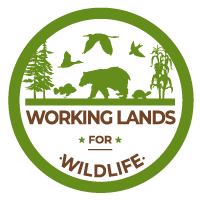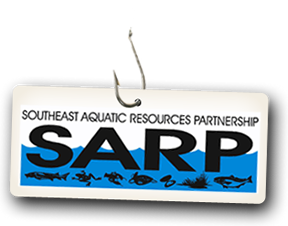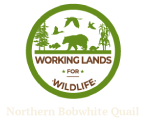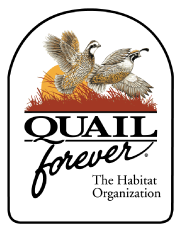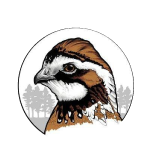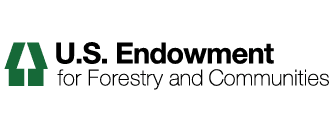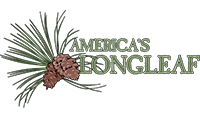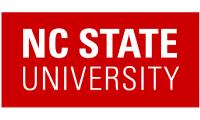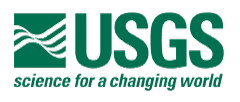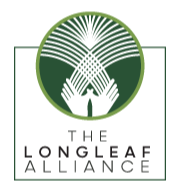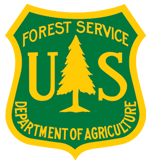NRCS Conservation Practices and Materials
645 Covey Headquarters Planning Job Sheet (MO example)
645 Quail Covey Headquarters Planning example from Missouri NRCS
314-Brush Management: Quail (GA and SE example)
314- Brush Management Practice. This job sheet has been specifically modified for Northern Bobwhite in the Southeastern United States.
647 Early Successional Habitat Management
674 Early Successional Habitat Management Job Sheet. This job sheet was modified for Bobwhite management in the Southeastern United States.
666-Forest Stand Improvement for Bobwhite Quail
666- Forest Stand Improvement. This job sheet has been modified specifically for the management of Bobwhite Quail and other early successional species in the Southeastern United States. • Follow state Best Management Practices (BMPs) for forestry and all applicable laws and regulations. Creating and maintaining open canopy pine savanna with the implementation of proper thinnings in combination with frequent prescribed fire and/or brush management (see job sheets for Prescribed Burning for Bobwhite Quail-338 and/or Brush Management for Bobwhite Quail-314) will provide the required conditions needed for a host of species dependent or favored by early successional habitat such as quail, deer, turkey, songbirds, small mammals, native grasses and wild flowers, pollinator insects and plants.
338-Prescribed Burning
338-Prescribed Burning. This job sheet has been modified for Bobwhite Quail management in the Southeastern United States. Caution: Prescribed burning should be conducted only by those who are trained and experienced in its use. The landowner is responsible for obtaining all permits and clearances as required by law.
FY17-21 WLFW-Northern bobwhite Map
This map was current as of FY21 for NRCS WLFW-Northern bobwhite but updated for FY22 based on the NRCS state offices that opted into the Northern bobwhite, Grasslands and Savannas Framework partnership (by FY22 there will be 24 states).
WLFW Science to Solutions: Economics of NWSG Forage
This fact sheet is part of a WLFW series called Science to Solutions which seeks to share technical information in a format that's user-friendly. Prepared by University of Tennessee professors Dr. Pat Keyser of the Native Grasslands Management Center and Dr. Chris Boyer, an economist.
Bobwhite-specific Ranking Tool (GA example)
This ranking tool was used in Georgia when they had a separate fund pool for a special bobwhite project.
General/Terrestrial Ranking Guidance (GA example)
Whether a NRCS state has ranking fund pools or guidance that is bobwhite specific varies, many simply have a terrestrial ranking/funding pool. This is an example of ranking guidance for a general terrestrial sign-up in Georgia.
Multi-State WHEG (based on GA's)
The attached WHEG was developed in GA but later shared and adopted by many other NRCS states.
Progress, Goal-Setting Spreadsheet, & Next Steps: Bridgett Costanzo
Bridgett Costanzo presenting at the WLFW Northern Bobwhite, Grasslands and Savannas National Partnership Meeting. February 24, 2021. Bridgett is the Regional Coordinator for WLFW, NRCS
WLFW Field Perspective: J.B. Daniel
J.B. Daniel presenting at the WLFW Northern Bobwhite, Grasslands and Savannas National Partnership Meeting. February 23, 2021. J.B. is a grazing specialist with NRCS.
Small carpetgrass (Arthraxon hispidus)
Small carpetgrass is also known as hairy joint and/or joint head grass. It is a low-growing, sprawling annual grass. Small carpet grass grows up to one and a half feet in height. Stems root at nodes and have bright green clasping leaves which are often sparsely hairy on the margins. This grass grows in wet areas such as stream banks, shorelines, flood plains and wet meadows. It prefers sunny, moist areas.
Carol Denhof: The Longleaf Alliance
Carol Denhof, President of the Longleaf Alliance, discusses landscape-level conservation of longleaf pine ecosystems across the Southeast and the role of collaboration between the Alliance, landowners/farmers, NRCS, and others.
Doerr, Maria
Maria supports strategic coalition building within the Landscape Partnership
Expertise
Watershed and water delivery management (dams, reservoirs) (incl. dam removal/fish passage) Urban development (incl. zoning) Climate/Earth and Atmospheric Science Adaptation (management response and facilitation) Community relations, facilitation, conflict resolution Structured decision-making and risk-management analysisUSDA Launches Strategy to Continue Conserving the Gopher Tortoise and its Critical Habitat
The U.S. Department of Agriculture’s (USDA) Natural Resources Conservation Service (NRCS) has released its new 5-year plan to conserve the Southeast’s threatened gopher tortoise by focusing on the conservation and restoration of its key habitat, the longleaf pine forests. Acting NRCS Chief Kevin Norton told Southeast AgNet the fate of the gopher tortoise is linked to habitat quality, and efforts to conserve habitat on private lands will be critical to its continued survival.
SE FireMap Fact Sheet - 1.0 Technical Version Original
This document highlights the overall SE FireMap initiative – offering a technical summary of the project’s background, development process, timeline, and objectives.
Outcomes from NRCS Golden-winged Warbler Conservation Efforts
Over the past decade, NRCS has been working with landowners and partners to improve forest health and provide young forest habitat for golden-winged warblers and associated early successional wildlife species. These efforts have been carried out under the banner of Working Lands for Wildlife in Appalachia and through a Regional Conservation Partnership Program (RCPP) in Minnesota and Wisconsin. Since 2012, the CEAP Wildlife Component has supported outcome-based assessments of this work in partnership with the Indiana University of Pennsylvania Research Institute (IUPRI), American Bird Conservancy, Cornell University and many others. In response to interest by NRCS state and local personnel involved in golden-winged warbler conservation work, CEAP Wildlife provided a briefing via teleconference on what has been learned through the years of monitoring and provided perspective on science-based program delivery. In this briefing, Dr. Jeff Larkin of IUPRI highlighted key findings and outcomes generated from these efforts.
Northern Bobwhite Quail Partner Workspace
The Northern Bobwhite Quail Partner Workspace is a private working group and is password protected. You must login or register with the provider to access the folders. Please use the Register button to request access. The workspace was funded for NRCS and its partners to collaborate in support of private landowners to implement Working Lands for Wildlife partnership
Golden-Winged Warbler Partner Workspace
The Golden-Winged Warbler Partner Workspace is a private working group and is password protected. You must login or register with the provider to access the folders. Please use the Register button to request access. The workspace was funded for NRCS and its partners to collaborate in support of private landowners to implement Working Lands for Wildlife partnership


